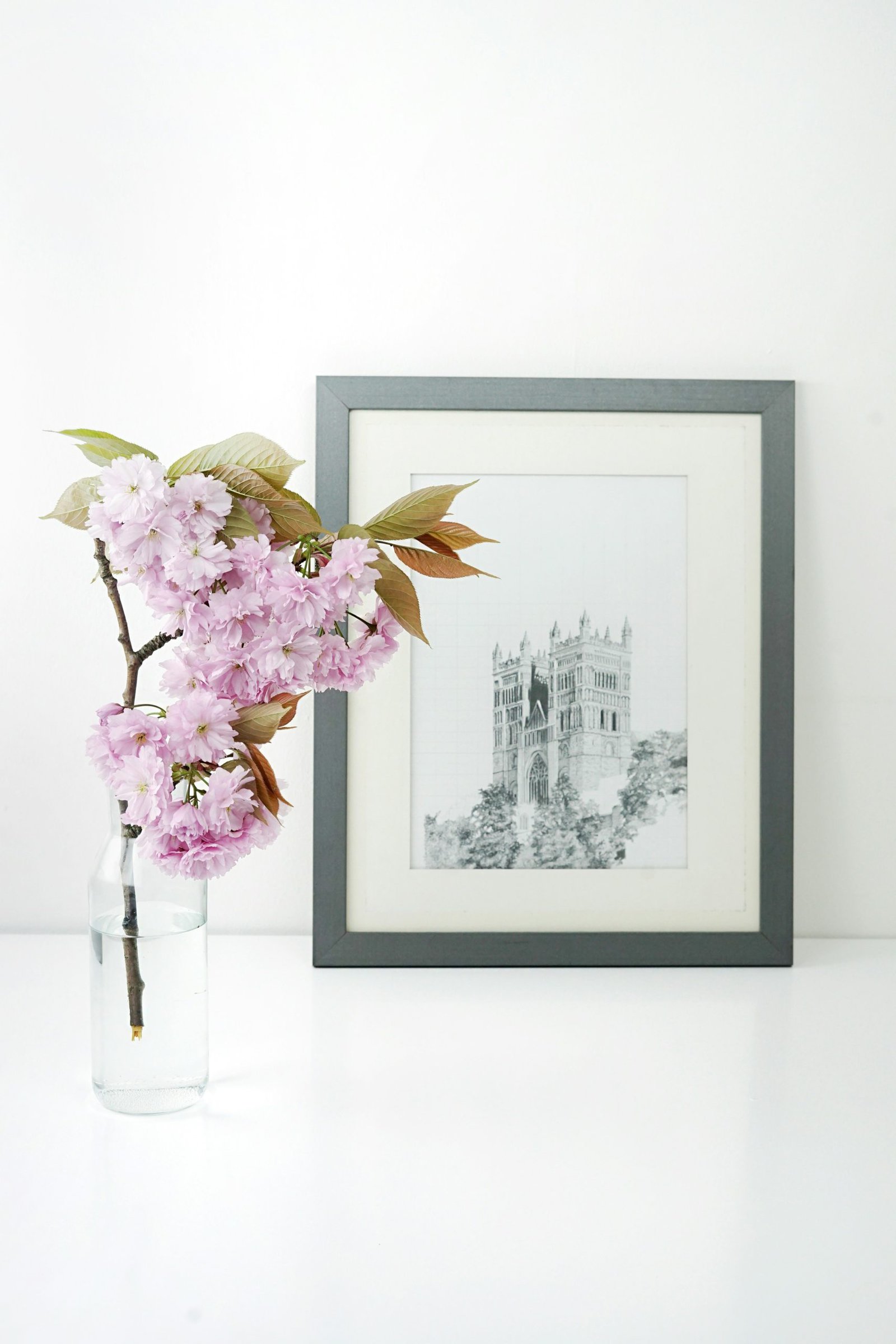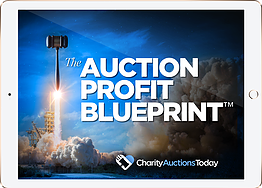DOWNLOAD The Auction Profit Blueprint
The 4 tools BIG organizations use every time to skyrocket auction profits!
The Step-By-Step Guide to stop leaving thousands on the table.
Explore ways to take your nonprofit art sale to the next level. CharityAuctionsToday offers tips on how to source, value, and list art for a cause.

Nonprofit art sales are a powerful tool. They can generate significant revenue for charitable causes.
But how can you maximize their impact?
This guide will provide actionable strategies. It will cover how to auction off artwork and how to auction your own art for charity.
The goal is to help nonprofits increase their revenue. At the same time, it aims to support their mission through art sales.
Whether you’re a nonprofit leader, an artist, or a volunteer, this guide is for you. Let’s explore how to make the most of nonprofit art sales.
Nonprofit art sales align with mission-driven goals. They provide essential funds to advance a nonprofit’s objectives.
These events also offer exposure and support to local artists. Artists gain recognition, while also helping causes they care about.
Moreover, nonprofit art sales engage community members. They provide a platform for people to connect over a shared interest in art.
This connection fosters goodwill and increases community involvement. By appreciating art, supporters feel part of something bigger.
Sourcing artwork requires strategy and connections. Artists often want to help nonprofits, so reach out to them.
Begin by contacting local artists in your community. Many will donate or offer pieces at reduced prices.
Engage with art schools to explore student artists. They often seek exposure and are eager to contribute.
Building relationships with galleries can also be fruitful. Galleries may lend pieces or recommend artists to support your cause.
Consider employing the following strategies to source art:
By using these methods, you can curate a robust art collection.
A diverse art collection attracts a wide range of buyers. Showcase various styles, mediums, and subjects to ensure broad appeal.
Include works from both emerging and established artists. This mix caters to different tastes and encourages more robust bidding.
Consider incorporating artwork that reflects the interests of your target audience. Understanding buyer preferences can significantly enhance engagement.
Highlight the uniqueness of each piece. Providing context and background not only educates attendees but also adds value to the collection.
You might also want to consider auctioning off a gift certificate to a local frame shop. Your winners will want their art professionally matted and framed.
Price artwork thoughtfully to meet fundraising goals while appealing to buyers. Begin by researching market trends and similar sales to set fair prices.
Consider the artist’s reputation and the unique aspects of each piece. These elements can justify higher valuations.
Introduce pricing tiers to cater to various budgets. This can expand your audience and increase overall sales.
Offer value through additional services like framing or delivery. Such extras can incentivize buyers and enhance the perceived worth of artworks.
Hosting live and silent auctions can elevate your art sale event. Each format offers unique benefits for nonprofit fundraising.
Plan the live auction meticulously. Engage a professional auctioneer to drive excitement and bidding activity.
In contrast, silent auctions allow guests to bid discreetly. This format caters to a more introspective crowd.
To boost participation, combine both auction types in one event. This creates options for every type of bidder.
Consider these best practices:
Ensure that all attendees understand the auction process. Clear communication fosters confidence and participation in your nonprofit art sales.

by Toa Heftiba, Unsplash
Virtual auctions expand your reach beyond local attendees. They allow anyone, anywhere, to participate and bid. They also make it easier for your guests to bid and for you to get them checked out at the end of the evening.
Select a reliable online platform that supports secure transactions. The right platform is crucial for a smooth experience, as well as for the right price.
Our customers consistently tell us ours is the easiest auction platform to use, and the most affordable. Take a look at our list of top auction sites to see which one best suits your needs.
Promote your virtual auction heavily through digital marketing channels. Ensure potential buyers know how to participate.
Additionally, provide clear instructions on registering and bidding online. This prevents confusion and encourages more people to join in your nonprofit art sales.
Effective promotion is key to a successful art event. Start early to build anticipation and attract more attendees.
Use both traditional and digital marketing channels. This ensures you reach a broad audience.
Collaborate with local media and influencers. Their support can amplify your message significantly.
Leverage social media to share engaging content. Visuals, such as photos of featured art, are particularly effective.
Consider these strategies for promotion:
By using these tactics, you can effectively promote your nonprofit art event and maximize its impact.
Engaging with your community is vital. Foster relationships to increase both attendance and support for your event.
Reach out to local businesses. They can provide sponsorships or offer in-kind contributions, like refreshments or venue space.
Consider partnerships with art schools or galleries. These institutions might offer promotional help and attract art enthusiasts.
Finally, involve volunteers. They can become passionate advocates, spreading the word and ensuring your event’s success.
Stories breathe life into your art pieces. They connect with buyers on a deeper level, sparking emotions that encourage bidding.
Highlight the artist’s journey. Share compelling narratives about their inspirations or struggles which led to the creation of each piece.
Link the art to your nonprofit’s mission. This connection can elevate the value of the artwork and motivate charitable contributions.
Finally, make your audience part of the story. Show them how their purchases make a tangible impact, fostering a sense of belonging to your cause.
Before starting, understand the legalities involved in art sales for nonprofits. This includes sales tax and charity regulations.
Determine the tax implications for both you and the buyers. It’s essential to provide clear tax benefit information.
Consider documenting all sales agreements and art donations. This protects both the nonprofit and the donors.
For particularly valuable art, consult with a legal expert to ensure compliance. It’s a small investment that prevents bigger issues later.
Provide a welcoming and engaging environment for art buyers. Comfortable seating and good lighting make a difference.
Offer refreshments and entertainment to boost mood and enjoyment. This encourages buyers to stay longer and engage.
Use clear signage to guide visitors through the art displays. This ensures a smooth and pleasant experience.
Explain the payment process clearly. Offer multiple payment options to keep transactions simple and convenient.
After the event, analyze its success. Consider what worked well and what could improve.
Reach out to attendees to express gratitude. Share how the funds raised will be used to make a difference.
Stay engaged with your audience. Send newsletters or updates about upcoming events and opportunities.
Maintain strong relationships with artists, donors, and sponsors. This can lead to future collaborations and support.
Create a list of strategies to enhance future events:
A successful nonprofit art sale not only raises funds but also furthers your mission. Celebrate this achievement, acknowledging the contributions of everyone involved.
Look to the future with plans for more art events. Use insights from past experiences to refine strategies and increase impact.
Selecting between digital and paper bid sheets depends on your auction’s needs. Both options offer unique benefits and come with their challenges. Weigh these factors carefully to choose the most suitable format for your event.
Paper bid sheets provide a tangible, traditional feel. This physical connection can heighten bidder engagement, especially in smaller events. They’re simple to set up, requiring minimal technology and are easy to distribute among items.
Digital bid sheets facilitate streamlined management and real-time updates. They enable remote bidding, expanding participation beyond local attendees. Digital auction platforms often offer integrated features for automatic tracking and notifications.
Using an online bidding platform will make it easier for your guests to mingle and enjoy your event without hovering over items they really want.
Paper bid sheets involve increased manual handling and can get misplaced. They are easier to cheat on: when someone crosses out another bid, for example.
On the other hand, digital systems require reliable internet access and technical support. There might be costs associated with software or platform fees.
Consider factors like audience preference and event size. If your crowd is less tech-savvy, paper may be more effective. Conversely, for larger events with a tech-oriented audience, digital solutions might provide enhanced efficiency and reach.
Creating effective bid sheets can significantly boost the success of your auction. Well-designed sheets encourage participation and ensure seamless bidding processes. Consider the following tips when crafting your bid sheets.
First, ensure clarity by using simple fonts and clear layouts. A clutter-free design makes the sheet easy to read and fill out. Make sure critical information like the item description and starting bid is prominent.
Next, think about including a “Buy Now” option to entice immediate sales. This can boost fundraising totals by tempting bidders who do not want to lose the item. Another effective strategy is to use templates designed for silent auctions, which help in maintaining consistency and professionalism.
A welcoming bid sheet should contain:
Additionally, it is useful to personalize bid sheets with the organization’s logo. This reinforces your branding while promoting the entity behind the event. Customizing sheets to match the event theme can also enhance the attendee experience.
Lastly, gather feedback post-auction to refine your approach for future events. A little analysis goes a long way in improving your silent auctions.
Boosting engagement at your auction is crucial for fundraising success. Begin by allowing space for multiple bids, which pushes rivalry among participants. This setup can lead to higher bidding amounts.
Place the bid sheets in strategic locations. Items should be accessible and visible, drawing participants in effortlessly. Highlighting valuable or unique items also sparks interest and competition.
Create an engaging environment by using stimulating designs on your bid sheets. Such efforts can enhance the aesthetic appeal and foster a lively bidding atmosphere. These tactics not only increase competition but also make the event enjoyable for attendees.
Securing bid sheets is vital to maintain trust and transparency. Use methods like labeling or numbering to prevent them from being misplaced or tampered with. Ensure sheets are monitored regularly throughout the event.
Clear communication of auction terms on the bid sheets fosters transparency. Bidders need confidence that the process is fair. Clearly detailing rules helps in achieving this.
Post-event, verify all bid entries for accuracy before announcing winners. This practice prevents disputes and reinforces a transparent auction experience. Proper handling and organization are key to building and maintaining credibility among participants.
Silent auction bid sheets are invaluable for seamless and successful fundraising events. These sheets organize and document bids while encouraging participation without pressure. By designing well-structured bid sheets, you enhance the auction experience and potential revenue.
Attention to detail in crafting bid sheets can make your auction more engaging and efficient. Elements like clear instructions and thoughtful layout contribute to a positive bidder experience. This attention can increase competition and drive up the amounts bid.
Ultimately, bid sheets are more than just paper. They embody your auction’s professionalism and reliability. Implementing the tips provided ensures that your silent auction reaches its full potential and achieves its goals.
What information should be included on a bid sheet?
A bid sheet should include item details, starting bid, minimum raise, and fields for bidder names and amounts.
How do bid sheets work in a silent auction?
Participants write their bids on bid sheets placed by each item. The highest bid at closing wins.
Can bid sheets be customized?
Yes, they can be tailored to match the event’s theme. Include logos and contact details for a professional look.
What’s the advantage of a “Buy Now” option?
A “Buy Now” option allows bidders to instantly purchase an item at a fixed price, simplifying decisions.
Lorem ipsum dolor sit amet, consectetur adipiscing elit. Ut elit tellus, luctus nec ullamcorper mattis, pulvinar dapibus leo.
DOWNLOAD The Auction Profit Blueprint
The 4 tools BIG organizations use every time to skyrocket auction profits!
The Step-By-Step Guide to stop leaving thousands on the table.

